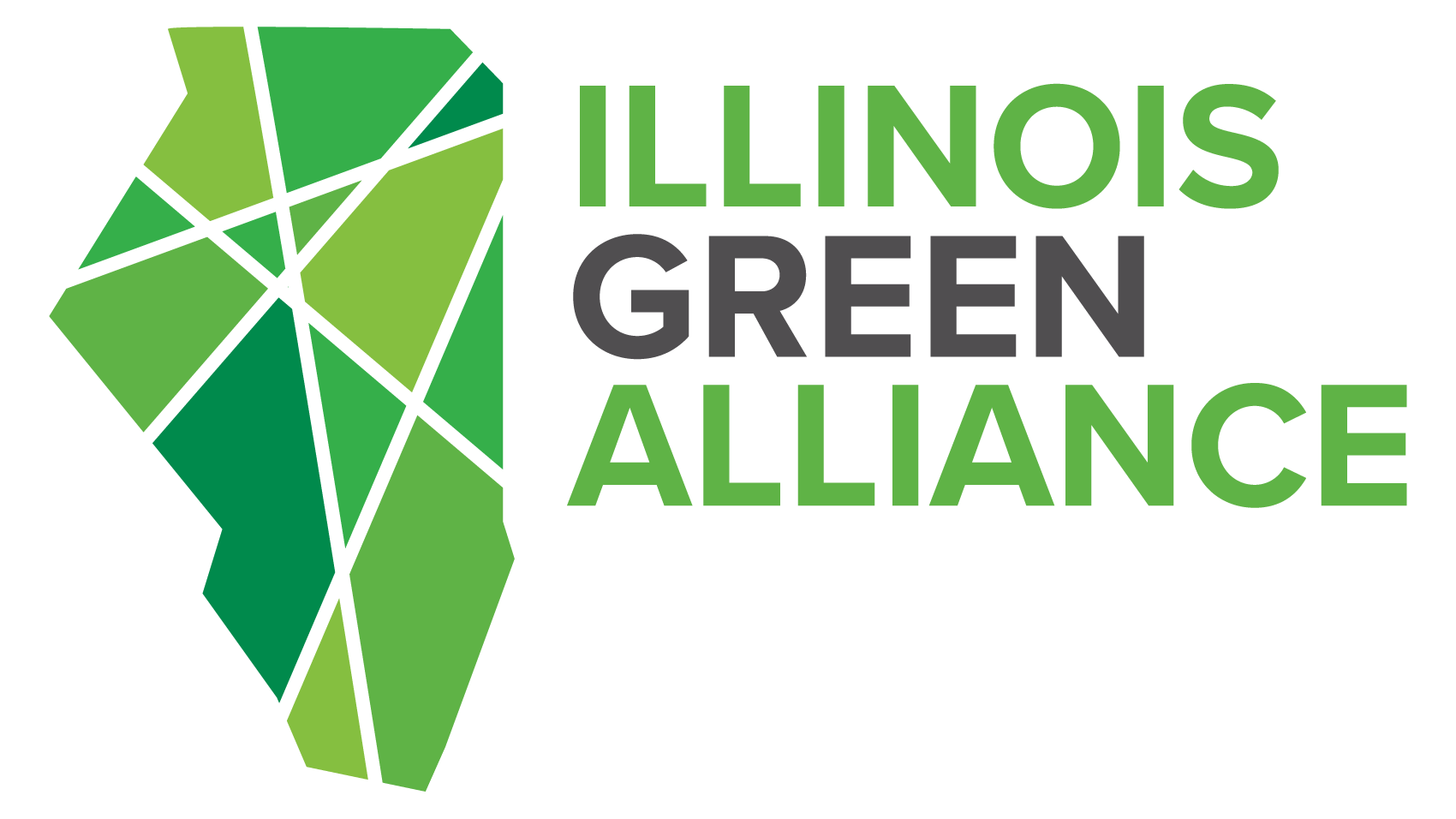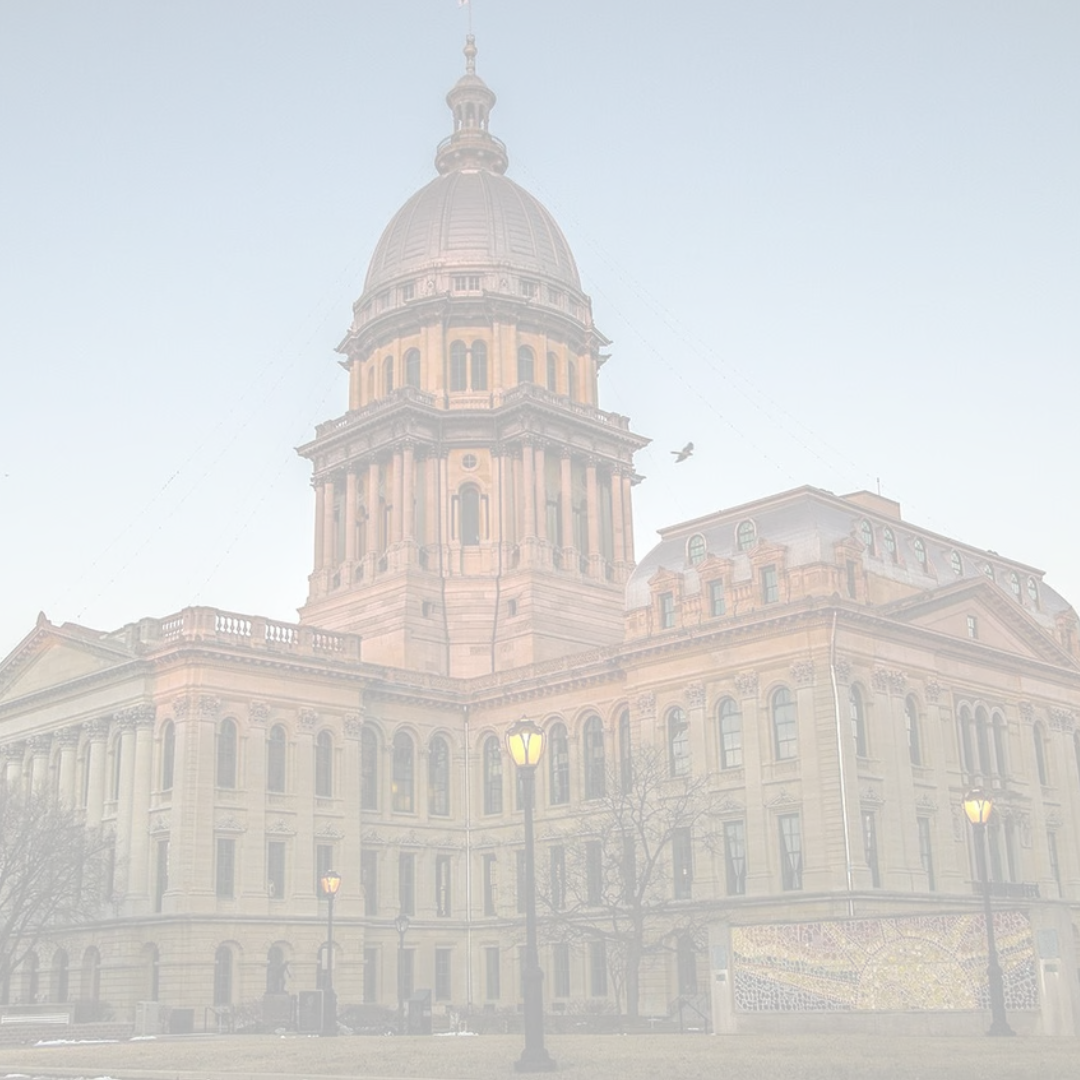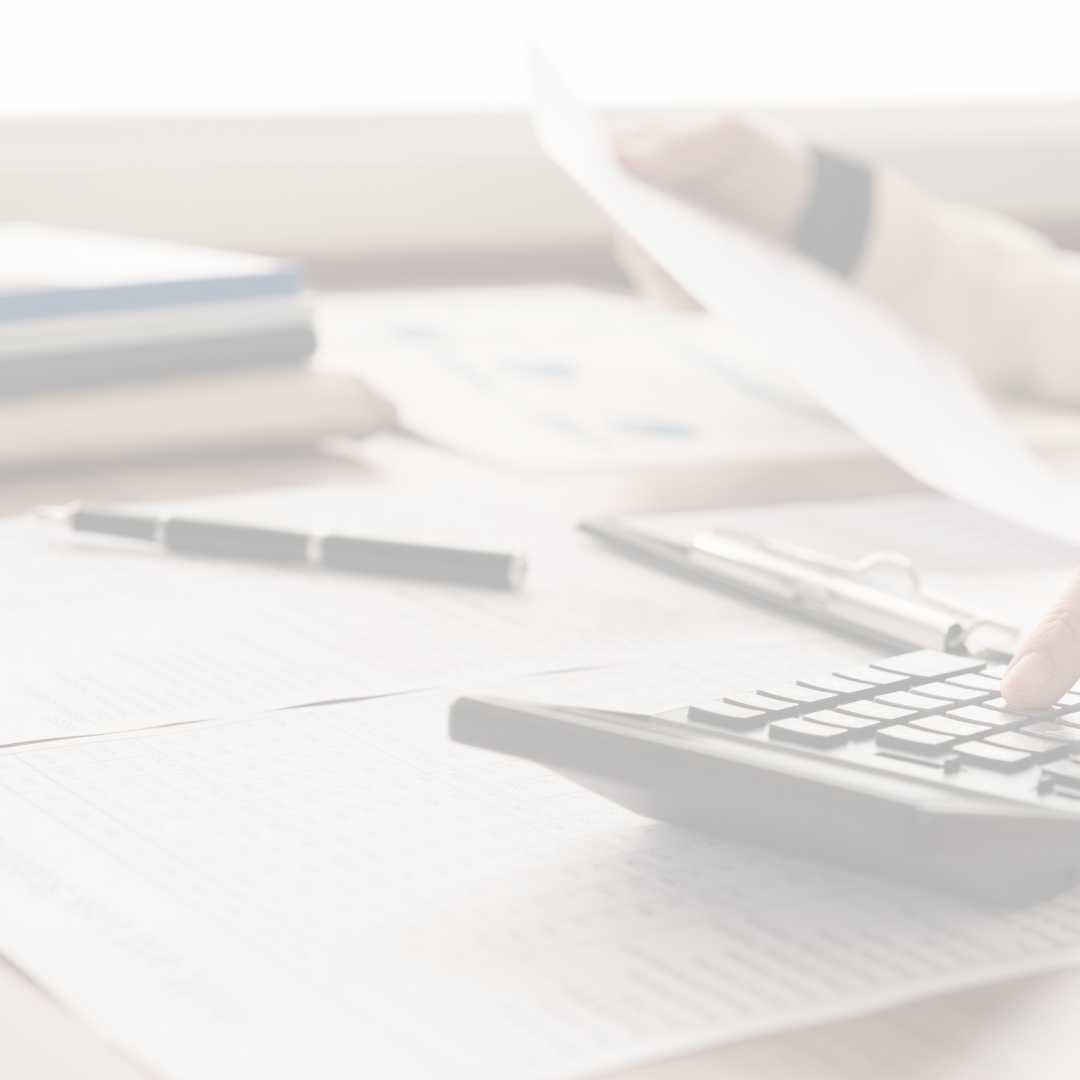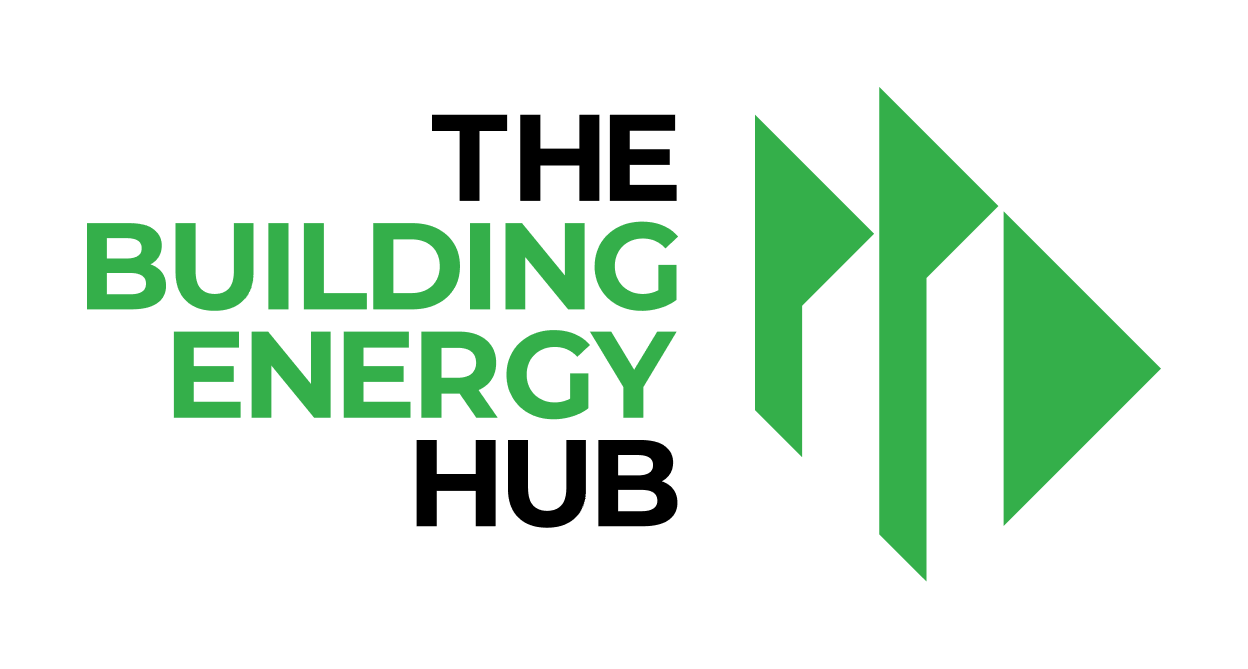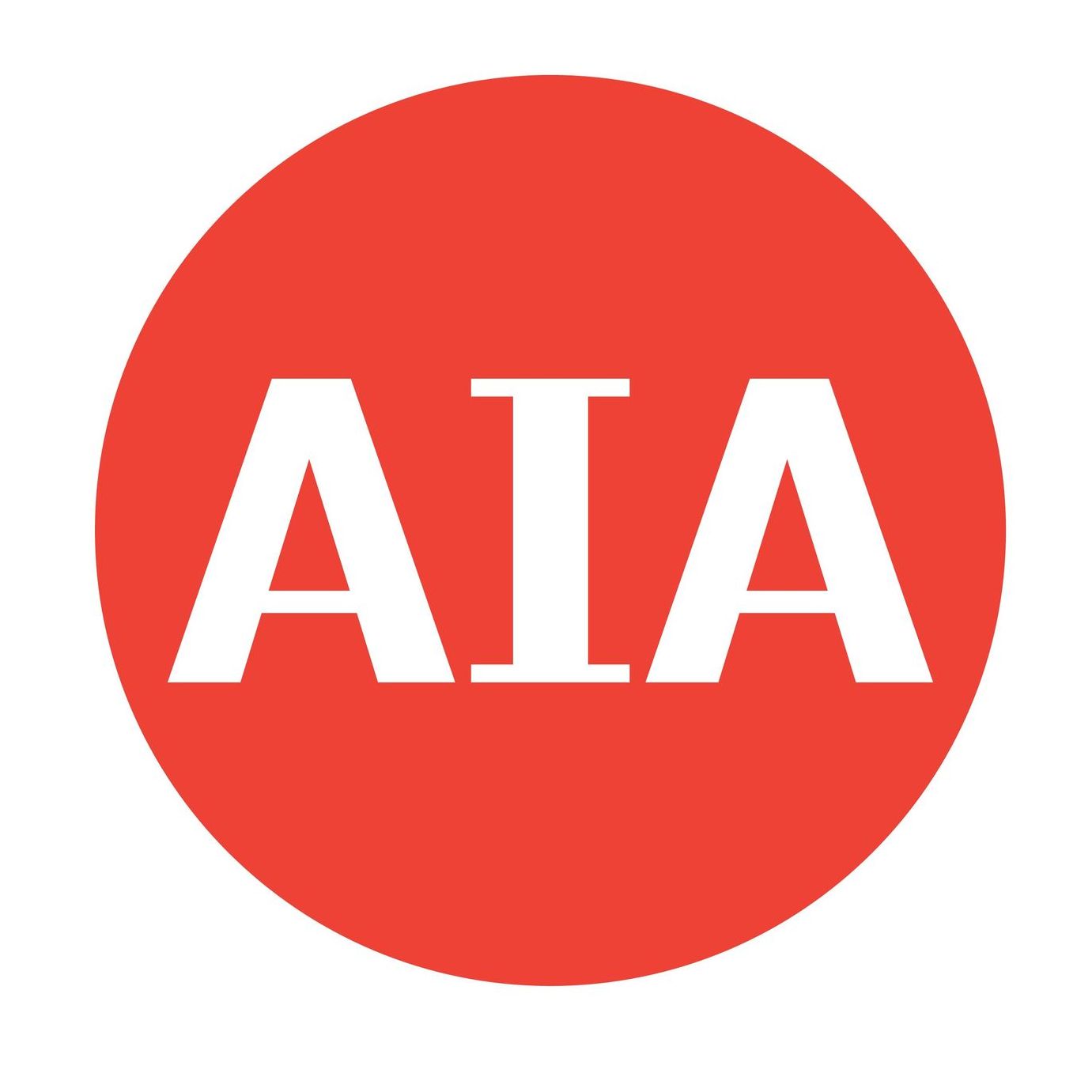
High Performance &
Net Zero Building Resources
Resource Content
Zero Certifications
Find ways your building can show off.
Zero Certifications

LEED Zero Energy recognizes a source energy use balance of zero over a period of 12 months.
LEED Zero encourages a holistic approach for buildings and places to enhance the health and well-being of building occupants and the natural environment.

Phius ZERO is Phius' zero energy standard. It is built upon CORE, utilizing the same focus on passive conservation measures first but sets the net source energy target at ZERO, does not allow for fossil-fueled combustion on site, and provides both on-site and off-site renewable energy options to get to ZERO.
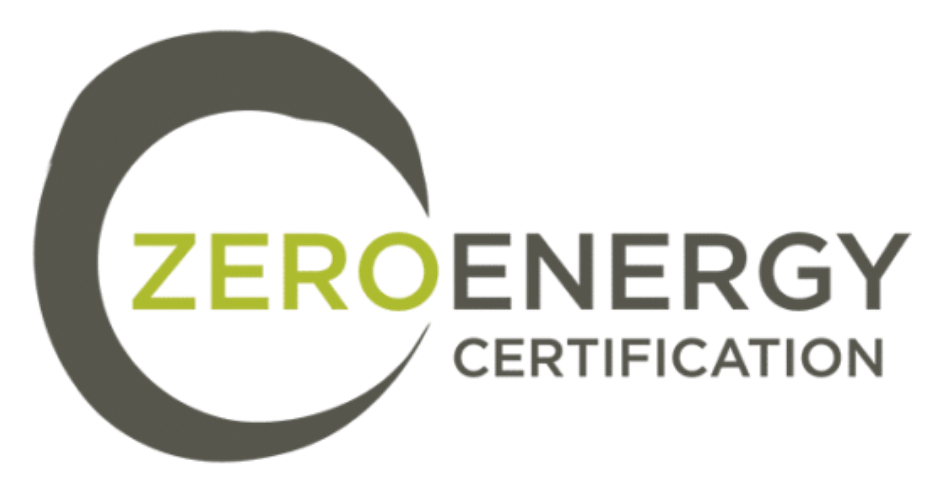
Living Future's Zero Energy Certification is the only global third-party verified standard that recognizes built projects with industry-leading energy performance and a balance of renewable energy without the use of combustion. The program utilizes a simple approach to certification that is based on measured energy performance rather than predicted outcomes.

Green Globes Journey to Net Zero™ (JNZ) is designed to evaluate current site Energy Use Intensity (EUI) for any building on the pathway to net zero.
The program encourages all building owners – whether just getting started or having made significant progress – to evaluate and report on their journey, ensuring transparency.

LEED Zero Carbon
recognizes net zero carbon emissions from energy consumption through carbon emissions avoided or offset over a period of 12 months.
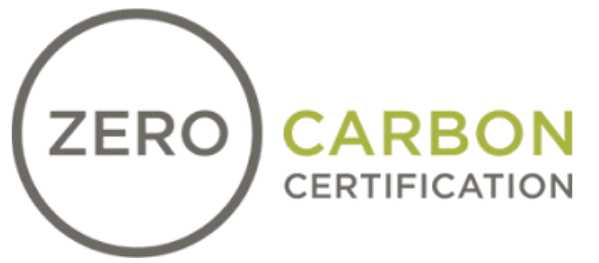
This certification program tackles both operational and embodied carbon emissions, providing organizations with a powerful tool to showcase their commitment to sustainable practices.

Green Globes Journey to Net Zero™ (JNZ) is designed to evaluate current site carbon emissions (CO2e) for any building on the pathway to net zero.
The program encourages all building owners to evaluate and report on their journey, ensuring transparency.

LEED Zero Water recognizes a potable water use balance of zero over a period of 12 months..

Living Building Challenge: Water Petal. Through the Living Building Challenge: Creating developments that operate within the water balance of a given place and climate.

LEED Zero Waste recognizes buildings that achieve GBCI’s TRUE certification at the Platinum level.
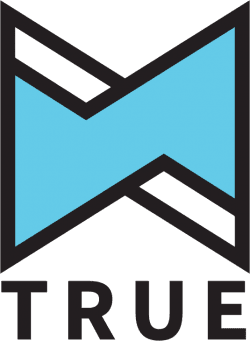
TRUE (Total Resource Use and Efficiency) strives to change the way materials flow through society so that all products are eventually reused and diverted from landfill, incineration (waste-to-energy) and the environment.energy options to get to ZERO.
Professional Credentials
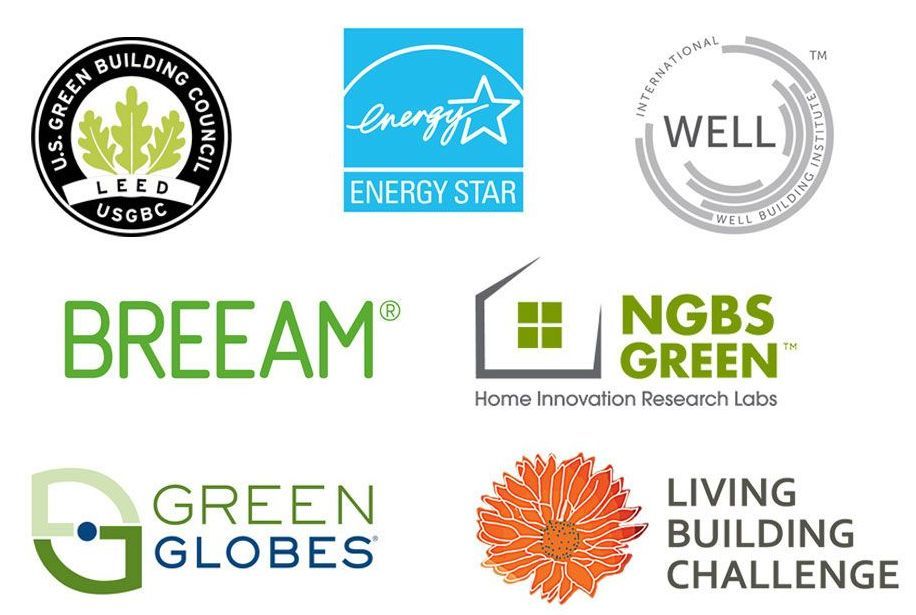
Advance your career in green building, add distinctions to your company, or certify your project with the top green building certifications and credentials.
Industry Commitments
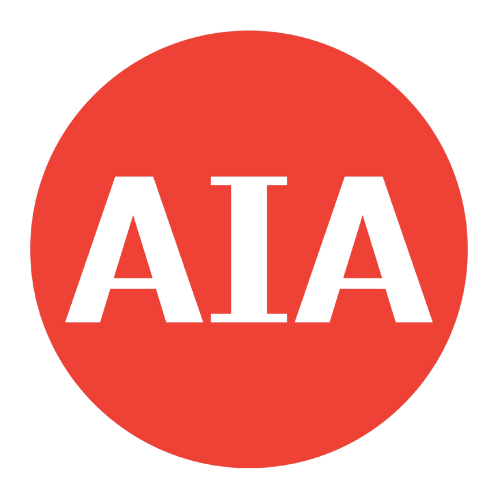

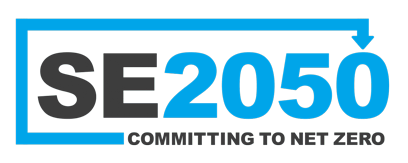


The AIA 2030 Commitment is an actionable climate strategy that gives us a set of standards and goals for reaching net zero emissions in the built environment. Join more than 1,350 architecture firms who have already made the commitment.
Description pulled from AIA 2030 - learn more here.
All systems engineers shall advocate for and achieve net zero carbon in their projects: operational carbon by 2030 and embodied carbon by 2040. The Carbon Leadership Forum issued the Challenge in the fall of 2021Establish a company plan to reduce operational and embodied carbon across MEP systems on all projects, targeting zero by 2040. Measure and report progress against that plan annually.
Description pulled from mep2040.org - learn more here.
The mission of the SE 2050 Commitment is to support the SE 2050 Challenge and transform the practice of structural engineering in a way that is holistic, firm-wide, project based, and data-driven. By prioritizing reduction of embodied carbon, through the use of less and/or less impactful structural materials, participating firms can more easily work toward net zero embodied carbon structural systems by 2050.
Description pulled from SE 2050 - learn more here.
The Contractor’s Commitment is the industry’s new way of assessing what it means to be a green contractor. Created by contractors for contractors, it’s a great way to get started on a sustainability journey or, for those of us who are well along, to apply a yardstick to our progress. It’s also a way to (optionally) get public recognition for our green building work.
Description pulled from Green Commons - learn more here.
The Net Zero Carbon Buildings Commitment is developed to recognize and promote advanced climate leadership action from businesses, organizations, cities and subnational governments in carbonizing the built environment, to inspire others to take similar action and remove barriers to implementation. A bold approach is urgently required to reduce the impacts of the sector, which is globally responsible for 35% of energy consumption, 38% of energy related carbon emissions, 50% of resource consumption, and expected to double in total footprint by 2060.
Description pulled from World GBC - learn more here.
Design & Construction Resources
New Buildings Institute (NBI) is a mission-driven nonprofit organization working to advance scalable and practical approaches that equitably eliminate emissions from the built environment. Their website is full of tools and resources including "Zero Emission Building New Construction Guide", "Zero Energy Project Guide", and "Five Steps to Net Zero", as well as many others. Explore these and many other tools and resources here.
The Building Energy Hub is an objective resource for building professionals of all levels of familiarity with energy efficiency. The Hub is constantly adding new resources, including playbooks for Engineers, Architects, and Building Owners, as well as a Building Performance Planning Guide that walks through the steps needed for the technical and capital process of decarbonizing. Explore these tools and more here.
AIA is working to transform the day-to-day practice of architecture to achieve a zero-carbon, resilient, healthy, just, equitable built environment, for everyone. Their resource library is ever growing with specific tools and resources for practicioners - including "AIA Framework for Design Excellence", resources on selecting better materials for your projects, and zero carbon literature. You can find these resources and more here.
Illinois Code & Policy
Illinois Stretch Code Up For Adoption
Learn more hereChicago Energy Transformation Code
Learn more hereOak Park All Electric Ordinance
Learn more hereKey Finance and Incentive Tools
ComEd High Performance Design Incentive
This ComEd program provides comprehensive energy solutions for new construction and major renovation projects. ComEd New Construction offering makes it easy to design for greater energy savings. You can consult with experienced technical experts at no cost and receive one-time financial incentives for new construction or major renovations designed to exceed energy code requirements. ComEd provide recommendations, assistance, and financial incentives for energy-saving improvements to all major building systems—envelope, HVAC equipment, lighting, commercial refrigeration and more.
IRS Energy Efficient Commercial Buildings Credit
Building owners who place in service energy efficient commercial building property (EECBP) or energy efficient commercial building retrofit property (EEBRP) may be able to claim a tax deduction. The U.S. Department of Energy (DOE) has launched the 179D Portal, which hosts two free tools to estimate potential federal tax deductions for installing eligible energy-efficient technologies in commercial buildings.
Energy-efficient technologies can increase building performance and save on utility bills. Now, the new 179D Portal can estimate how building upgrades can qualify building owners and designers for a tax deduction, to further impact the bottom line, with tax deductions ranging from $0.58 to $5.81 per square foot.
Funding and Financing Resources from Building Energy Hub
The Building Energy Hub, a project of Illinois Green Alliance, has collected many financing tools and resources for the state of Illinois. There are many options for both new construction and retrofit projects - incentive programs from local utilities, loan types specific to sustainability initiatives, as well as tax incentives from federal and state levels. Explore these and more at the Building Energy Hub. Additionally, you can learn about free assessment opportunities and the status of the Illinois Climate Bank.
Have a project or resource you want us to know about?
Contact our Education & Engagement Manager, Miranda Wright, today!
